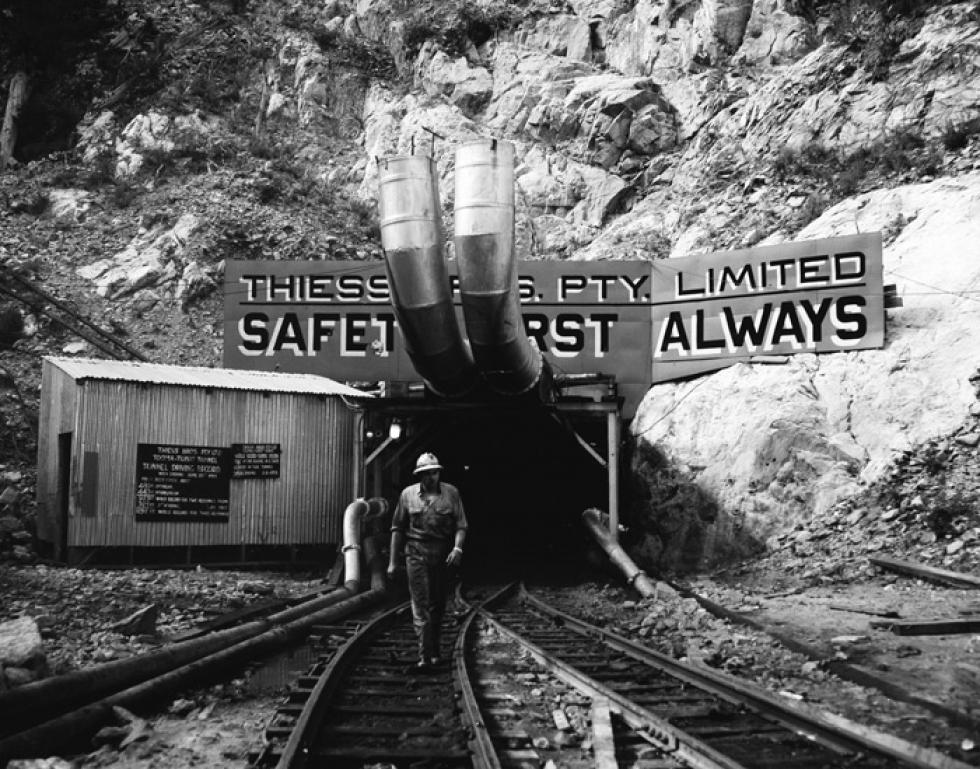By Rex Patrick: Michael West Media
Malcolm Turnbull’s Snowy Hydro 2.0 project was touted as $2 billion bargain in 2017. It now shapes as a $10 billion abominable snowman. Peering through a Kosciusko/Canberra snow storm of FOI brush-offs, Rex Patrick asks what is really going on.
When Prime Minister Malcolm Turnbull announced Snowy Hydro 2.0 in March 2017, it was a $2B scheme. By the end of 2017, it was an ‘up to $4.5B’ project. In April 2019, the price had risen to $5.1B, and now the number is looking more like $10B. And it’s not just Florence the (drilling machine) causing the cost overruns.
The basic concept behind Snowy 2.0 is simple. Topography, hydrology and engineering are brought together to create a giant battery north of Kiandra in the Snowy Mountains to support the renewable energy needs of Australia’s east coast.
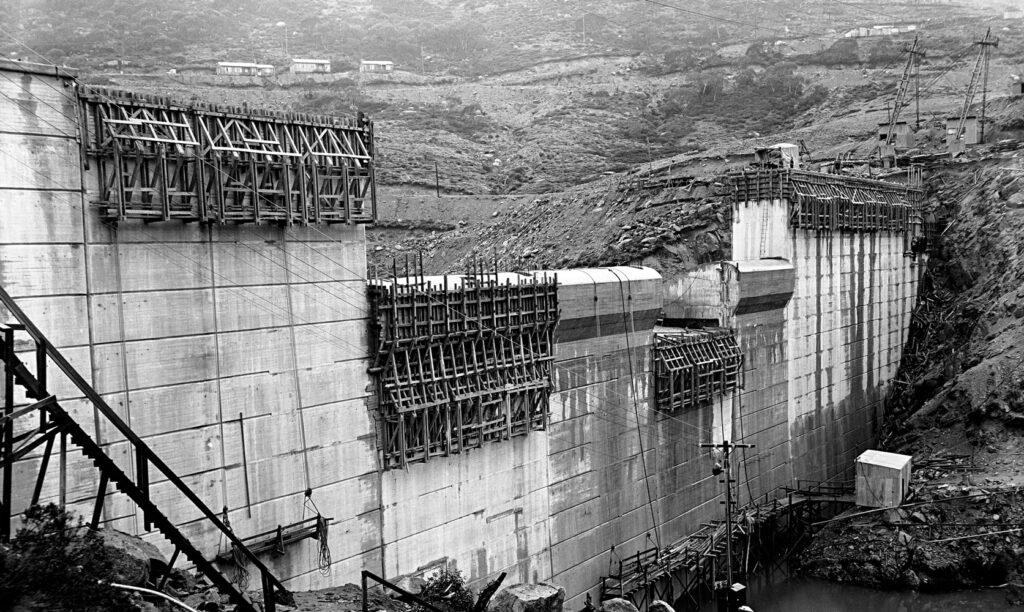
For both international and younger readers the Australian government provides as good a summary as any of the historical significance of The Snowy Mountains Scheme here.
Here is a brief excerpt: “The scheme is the most significant project to be undertaken as part of the post-war reconstruction program and has become an enduring symbol of Australia’s identity as a multicultural, independent, and resourceful country.
“The Snowy Mountains Scheme is the largest public works engineering scheme ever undertaken in Australia. The scheme was constructed over a 25 year period from 1949 to 1974 by over 100,000 workers, many of whom migrated to Australia from Europe after World War Two. These workers were housed in approximately 120 camps and three towns
Completed in 1974, the scheme includes 80 kilometres of aqueduct pipelines, 13 major tunnels measuring over 145 kilometres, seven power stations (two deep underground), eight switching stations and control centres, and a number of large dams.”
More on the historical background of the Scheme can be found here.
Back to the present, and Snowy 2.0.

During off-peak periods, electricity is used to pump water ‘uphill’ from the Talbingo Reservoir east to the Tantangara Reservoir. The storage capacity of the higher reservoir is approximately 350,000 megawatt hours of power. During peak energy demand periods will be allowed to flow ‘downhill’ and westwards to turbines producing 2,000 megawatts of renewable energy for the national electricity grid..
The basic ingredients required:
- 27 km of underground tunnels to transport the water uphill and down,
- A power/pump station (in a 250 metre long, 50 metre wide and 80 metre high cabin 800 meters underground).
- Lots of transmission poles and wires to shift the power around the grid.
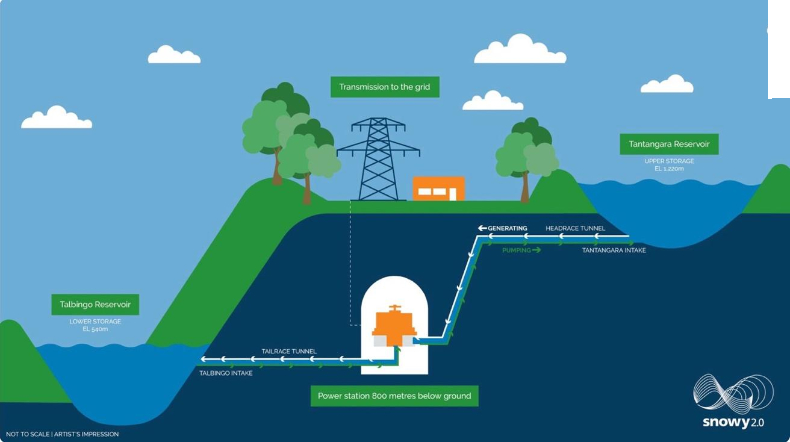
Snow Hydro 2.0 (Source: Snowy Hydro Limited)
Not that simple
Although it’s not that simple. The project needs a lot more than the basic ingredients.
It’s a big project that takes a lot of engineers, managers, and workers, materials, technical skill and knowhow, time, and money. And it’s certainly won’t (and didn’t) take only four years, as originally announced by Turnbull in 2017.
Even if all the stars align (they haven’t) you start with very large capital cost and finish with a system’s that just not that efficient – a lot of energy is wasted in the scheme pumping water uphill.
The idea that is Snowy 2.0 has been around since at least the mid-sixties.
On several occasions, studies were carried out, but the concept was rejected.
On 16 March 2017, Frontier Economics Managing Director and Energy Market expert Danny Price was walking into the ABC to talk about a completely different topic. But when Turnbull made his announcement, the topic changed to Snowy 2.0.
Price, who knew of the past studies, stated up front the proposal would be “diabolically difficult” to deliver and opined that there was “a very good chance it would never happen.”
Federal Government buyout
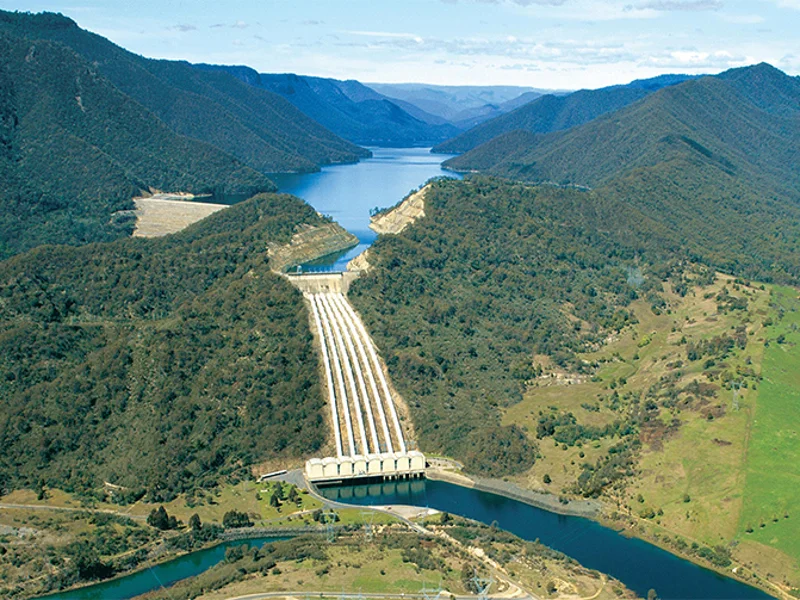
One obstacle in the proposal’s pathway was control; the fact that Snowy Hydro Limited was collectively owned by the Federal, NSW and Victorian governments. In May 2017, the Federal Government made a budget announcement that it would buy the two state government’s share in Snowy Hydro Limited.
By March 2018, agreement was reached for the Federal government to acquire the states’ shares for $6 billion. The agreement was finalised over the next 3 months and by mid-year, Snowy Hydro Limited had become a 100% Commonwealth owned corporation.
Secret business case
In December 2018, with an equity injection of $1.38 billion dollars from the taxpayer, Snowy Hydro Limited made a final investment decision to proceed with the project.
The remainder of the Snowy Hydro budget, which had grown to $6 billion, was to be financed from debt funding.
Much of the documentation around that final investment decision was made available publicly, but the business case was not (and still hasn’t been). That meant no-one outside of Government really knew if the business case stacked up. Many experts were adamant that it could not.
The business case should have been made public. Snowy Hydro Limited is 100% owned by the taxpayer, and so it is the taxpayers (combined with Australian energy users) who are underwriting the economics of the project.
Sadly, the Federal Government went into its default secrecy mode, wrapping a snow blanket over much of the program. Over time, as the problems with the program emerged, the snow blanket has just gotten thicker … but I’ll come back to that.
Climate investment
The secrecy surrounding the business case was unnecessary. Most taxpayers would accept that there is a public benefit in the project that needs to be factored into decision making; it isn’t just about economics.
As the National Energy Market shifts from fossil fuel power stations to renewable energy sources, there’s a need for ‘base-load’ sources to deal with situations where the wind is not blowing and the sun is not shining. Snowy 2.0 contributes to that with its potential 350,000 megawatt hours of power stored in the water in the upper reservoir. It was to be like a big battery, storing and releasing energy as needed.
But of course, there’s a point where the cost really does become too high. And that’s exactly what’s happening now.
Stuck on you, Florence
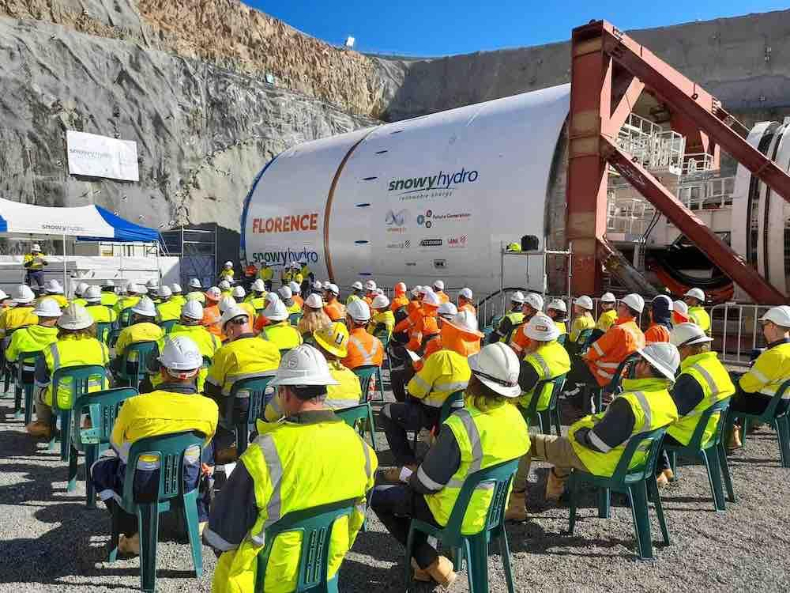
In April 2019, a contract was signed for engineering, procurement and construction of the project. Tunnel boring work started in December 2020.
Meanwhile COVID hit, material costs increased with global supply chain issues, labour shortages and ongoing adverse weather conditions. At least that’s the public explanation provided by Snowy Hydro Limited management as the costs have started billowing.
In March 2022, the main tunnel boring work commenced. ‘Florence’, a specially designed 143 metre tunnel boring machine weighing 2,400 tonnes (more that the displacement of many conventionally powered submarines), is supposed to drill an 11 metre diameter tunnel at a progress rate of around 30 metres a day. But it ground to a halt in December 2022, having created a huge sinkhole in the mountain surface 70 metres above her.
An avalanche of cost increases
The $6B revised budget has blown out with the project’s lead contractor making an additional $2.2B claim on Snowy Hydro Limited.
Then there’s the denial by all involved that a significant upgrade to poles and wires is required to distribute Snowy 2.0’s electricity around the national energy market. It’s a cost not recognised in the project’s budget. Those poles and wires will ultimately have to be paid for by either the taxpayer or electricity consumers.
Unsurprisingly, there’s a project cost review underway.
Whilst the company asserts it hasn’t asked for more taxpayer funding, it’s likely going to need a significant injection of public funds to allow the project to proceed.
Under the snow blanket
In a Freedom of Information request that I made to the Department of Climate Change, Energy, the Environment and Water in April, I asked for all 2023 ministerial briefs prepared for Minister Bowen in relation to the status of the project. I also asked for any 2023 project ‘earned value management reports’, which would detail the known project cost and schedule variances.
Lots of documents that matched my request were identified, but I was refused access to all of them. Even talking points prepared for the Minister were withheld from me.
It’s quite beyond belief that, despite Snowy Hydro Limited being a 100% taxpayer owned company, spending taxpayers’ money, with a budget spiralling out of control,
the department that oversees it doesn’t want a single word released into the public.
There’s been a complete transparency failure around the whole thing. It’s nothing short of a snow job from public servants that are supposed to serve the public.
The taxpayer is going to end up paying a lot more for Snowy 2.0 than was ever originally planned and they are currently committed to, but they’re being kept in total darkness.
Saving Florence Grace
There are more than a few lessons in the story of Snowy 2.0 for the vastly bigger AUKUS project that’s now unfolding under Prime Minister Albanese. At the beginning there are big statements, bold declarations and an optimistic schedule and cost estimates.
Later, the going gets tough when a hollowed out bureaucracy and self-serving consultants can’t deliver what’s been promised. Secrecy and avoiding accountability then come to the fore, and those responsible usually exit the scene long before the final reckoning is made. Taxpayers always take a hit.
The only saving grace for Snowy 2.0 is that, next to the $368B price tag of AUKUS, $10B seems like a bargain. And it will, at least, leave us with a long-lasting asset to the national economy. That too will be a positive, especially when viewed alongside 100,000 years of radioactive waste that AUKUS will leave us with.
Rex Patrick is a former Senator for South Australia and earlier a submariner in the armed forces. Best known as an anti-corruption and transparency crusader – www.transparencywarrior.com.au.





